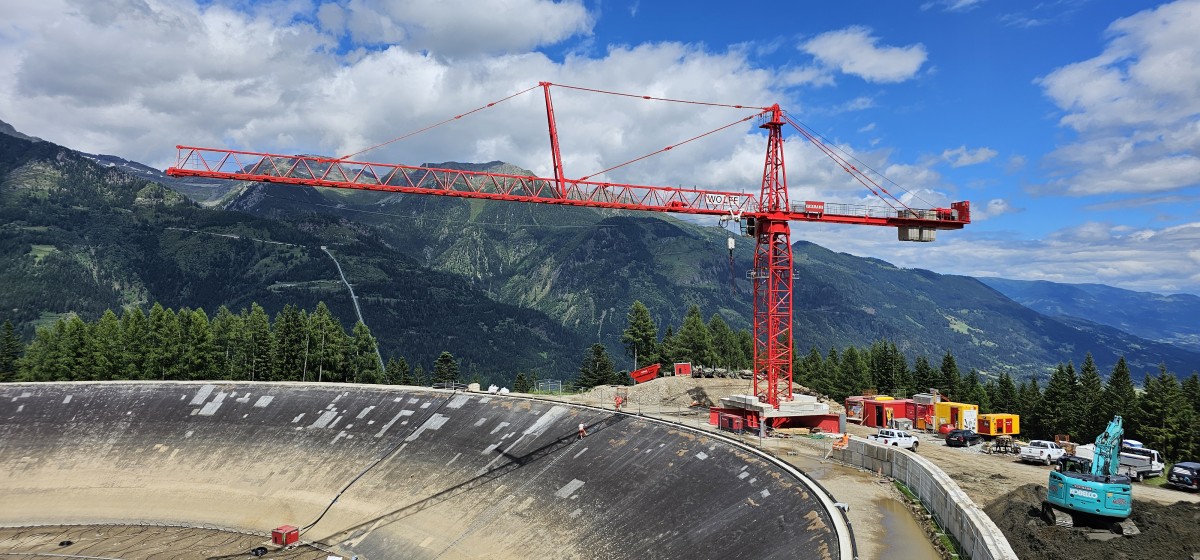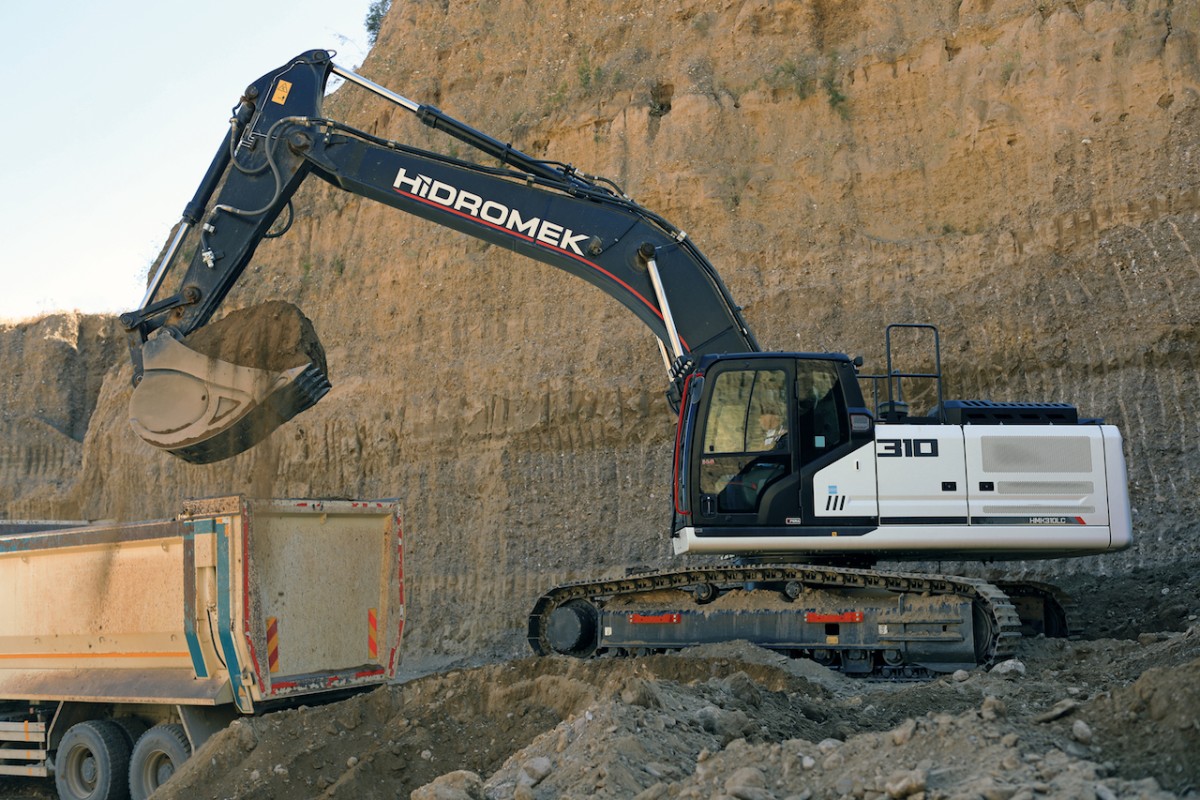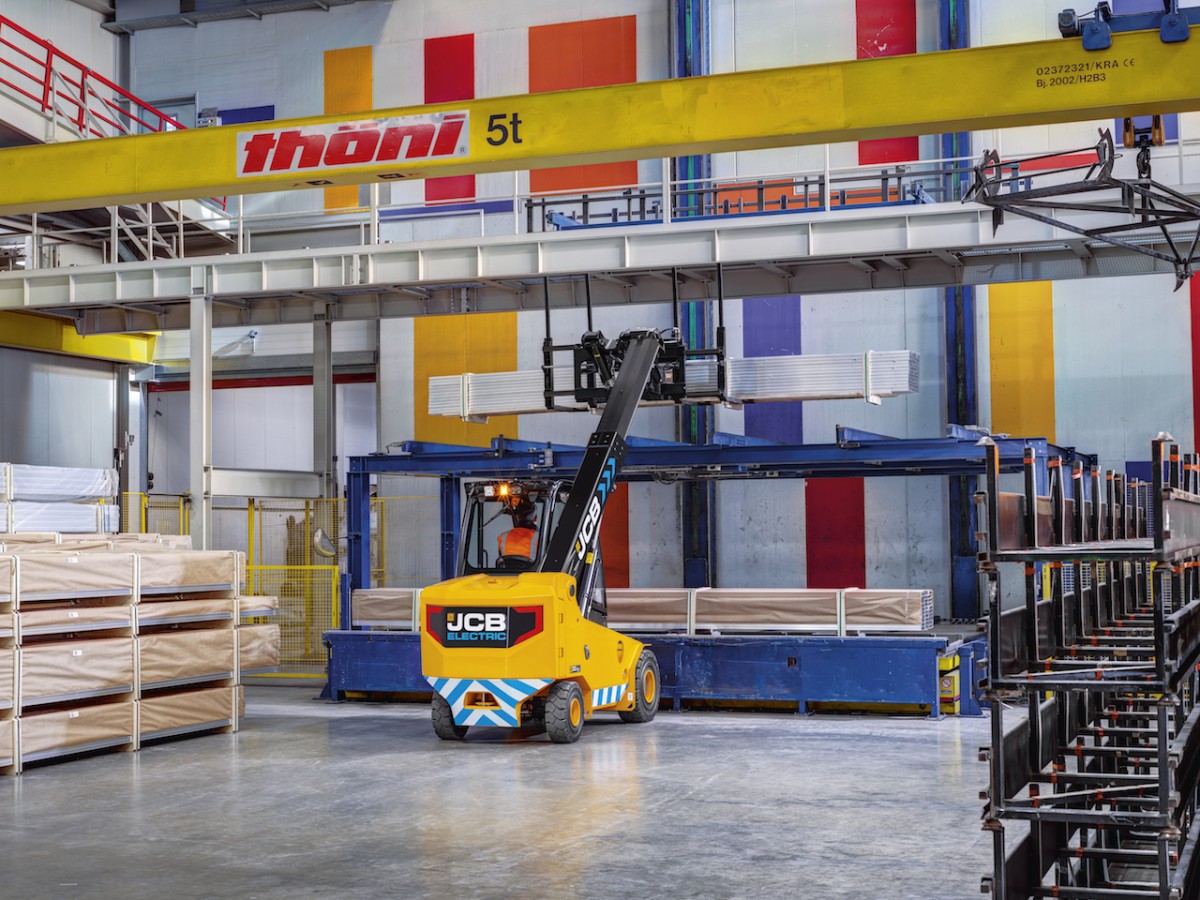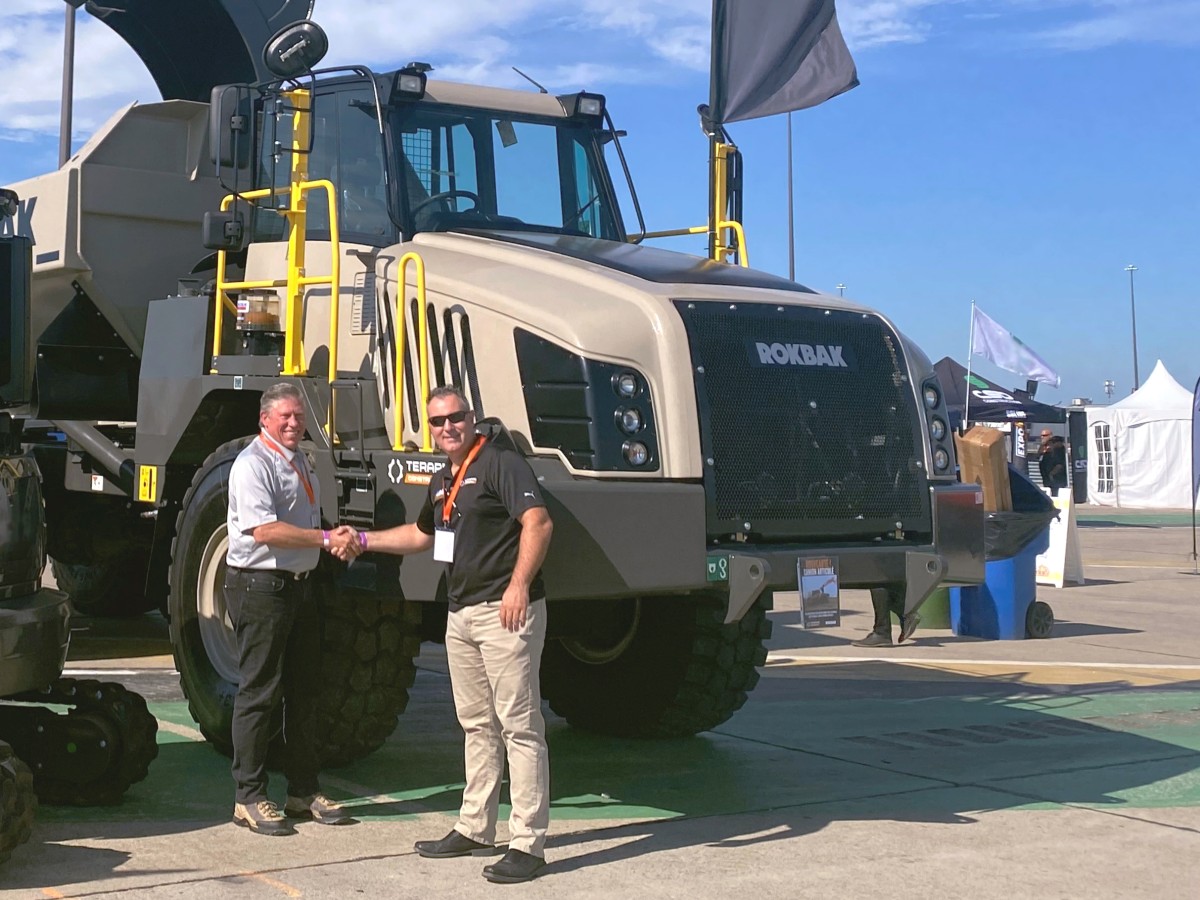Home \ International \ WOLFF cranes construct a new US hospital in Weilerbach
WOLFF cranes construct a new US hospital in Weilerbach
21/02/2024
Pubblicato da Redazione
Thirteen WOLFF cranes are working on the mega project on behalf of the ARGE US-Klinikum Weilerbach, a construction consortium consisting of Ed. Züblin AG and Gilbane.
It will become the largest US-military hospital outside of the USA: in close proximity to Ramstein Air-base in Weilerbach near Kaiserslautern in Rhineland-Palatinate, a modern replacement hospital is currently being constructed for the US-Army hospital in neighboring Landstuhl, which was built in 1953. With its strikingly curved facade, designed to re-semble the flag of the United States, the new building will house more than 4,000 rooms, 120 treatment rooms, and nine operat-ing theaters across approximately 90,000 square meters of floor space.
13 WOLFF cranes are working on the mega project on behalf of the ARGE US-Klinikum Weilerbach, a construction consortium consisting of Ed. Züblin AG and Gilbane. By mid-May 2023, when all the cranes were finally in place, the first ma-jor project milestones had already been achieved. “Even before the crane foundations could be planned, numerous bu-reaucratic hurdles had to be overcome,” says work planner Daniel Rüttinger, who is responsible for process planning and construction operations at Ed. Züblin AG. Because the construction site is located in the flight path of Ramstein Airbase, every building construction site and mobile crane requires an aviation permit from the German Armed Forces Aviation Office and must also be equipped with spe-cial lighting.
Another challenge in the construction preparation was the founda-tion of the cranes. “Due to the highly heterogeneous subsoil, con-sisting of several soil layers, exploratory drilling was carried out at each crane site,” explains Daniel Rüttinger. The buoyancy caused by rising groundwater, existing pipes, and the compatibility of the concrete foundations with naturally occurring radon in the ground also had to be taken into account when laying the crane foundations. In order to cover all sections of the building, some cranes had to be positioned at particularly low points, where they were set up on foun-dations up to 2.4 meters high. Because these areas will be backfilled with soil during construction, the lower tower sections were encased in crane shoring. This allowed the surrounding building foundation components to be erected, the working area to be backfilled, and the crane to be completely dismantled again later.
ARGE is deploying a WOLFF 8033.16 Cross, a 7534.16 Clear, a 7032.12 Clear, three 6031.12 Clear, three 6031.8 Clear, two 5014.6 City, a 262 SL as well as a 6522 FL 12 at the construction site. The cranes have lifting capacities of between 6.0 and 16.5 tons and peak load capacities of between 1.8 and 7.0 tons. The tallest cranes stand on towers almost 70 meters tall.
“Ten WOLFF cranes come from the Züblin Group fleet,” says Thomas Odenbreit, Wolffkran Sales Executive Germany. “As our long-standing business partner, we are delighted that Züblin has once again acquired three WOLFF cranes (WOLFF 6031.12, 7032.12 and 7534.16) for this outstanding project. It is also pleasing to see a true classic supporting the pack. The WOLFF 262 SL was built in 1989 and has been part of the customer portfolio for 34 years. This is ‘living proof’ of the durability of a WOLFF,” says Thomas Odenbreit.
Until the end of 2024, the cranes will be moving reinforcement and formwork, semi-prefabricated parts, concrete buckets, and prefabri-cated staircases weighing up to ten tons. Five of them will remain on the construction site after completion of the structural work to sup-port the further construction of the building. The first patients are due to be treated in the new building by the end of 2028. The hospital is intended for wounded US soldiers from combat missions, but also to provide care for more than 200,000 US-military personnel, civilian employees of the US Department of Defense and other American authorities and their families in Europe. Züblin and Wolffkran are currently working on other major construc-tion sites, such as several sub-projects of “Stuttgart 21.”

Ultime notizie di Wolffkran Gmbh

Lifting
04/09/2024
Wolffkran Austria deploys powerhouse for reservoir clean-up
The Austrian construction company found what it was looking...

Lifting
28/03/2024
Wolffkran enters into joint-venture in Saudi Arabia
Wolffkran entered into a joint venture with the Zamil Group,...

Lifting
09/02/2024
WOLFF Assist: Revolutionizing service in real time
WOLFF Assist is the digital remote maintenance system – hand...

Lifting
18/12/2023
Eight WOLFF cranes help build new Zeiss site in Jena
For the construction of this building with a total gross flo...

Lifting
25/09/2023
Rokbak RA40s rocking the Rockies
Jura Creek Enterprises has purchased three Rokbak RA40 artic...

Lifting
31/07/2023
Three WOLFF cranes build a new department store on the "Mahü"
Austrian contractor Habau Hoch- und Tiefbaugesellschaft m.b....
Altri International

International
15/11/2024
JCB adds "Lever Steer" option to new controls package
JCB has developed a "Lever Steer" option for its large platf...

International
14/11/2024
Hidromek ıs ready for Bauma Chına wıth ıts ınnovatıve products
Hidromek will exhibit its HMK 200 C, HMK 310 LC crawler exca...
International
13/11/2024
CIFA publishes the first sustainability report of the Group and the concrete machinery field
Promoting the transformation of the entire sector by embodyi...

International
12/11/2024
JCB expands electric Teletruk range with High Reach option
JCB launched the new TLT 30-22E HL Teletruk, bringing a 4.4m...

International
11/11/2024
Tadano AC 7.450-1 all terrain crane for the Victoria Tower in Mannheim
Tadano AC 7.450-1 all terrain crane lifts cooling unit to to...

International
08/11/2024
Terapro Construction and Rokbak announce distribution agreement
Terapro Construction will now supply Rokbak articulated haul...










































